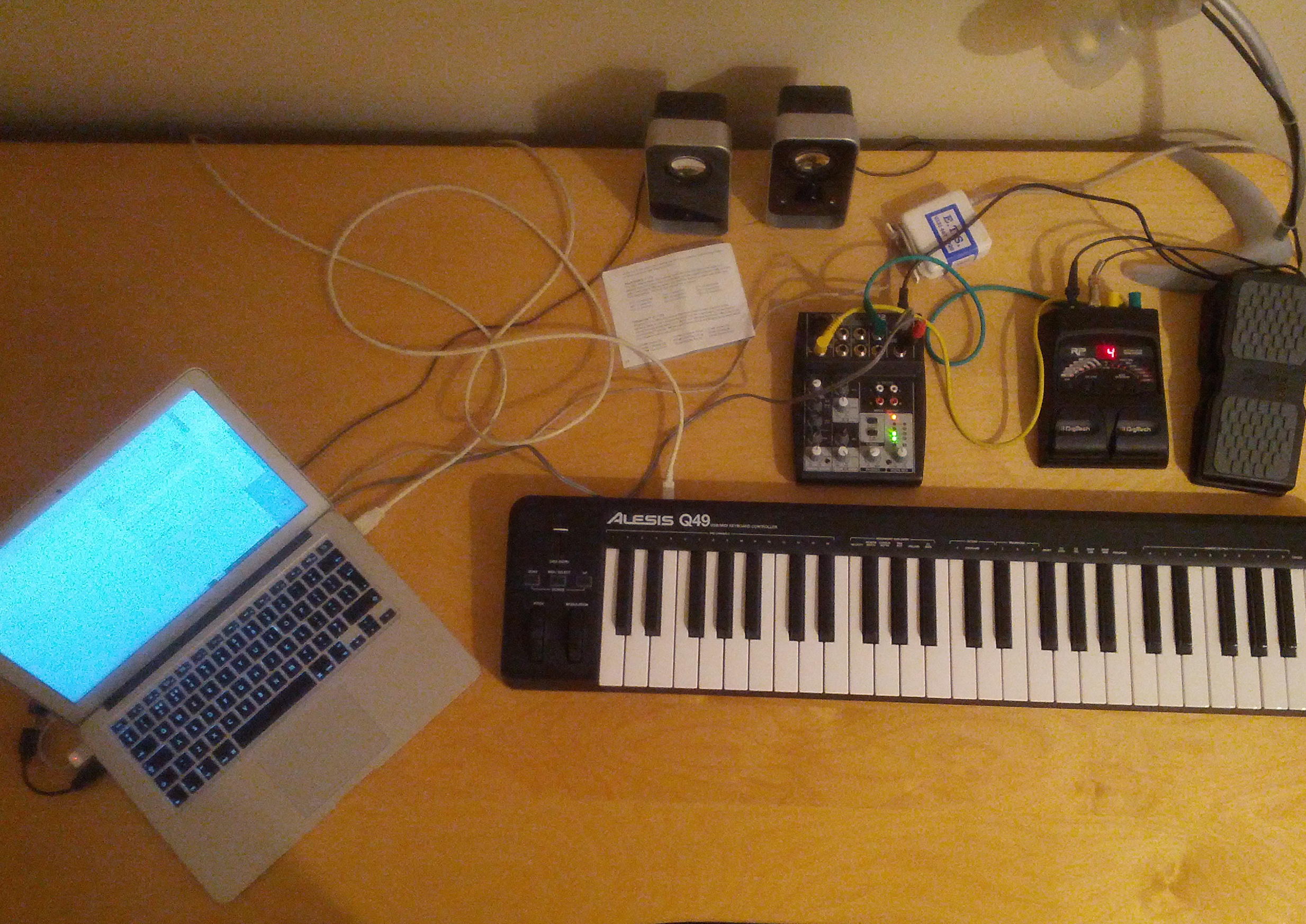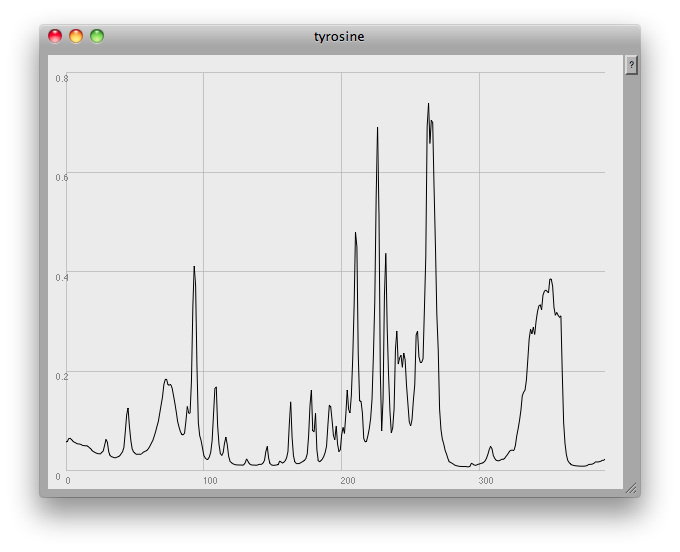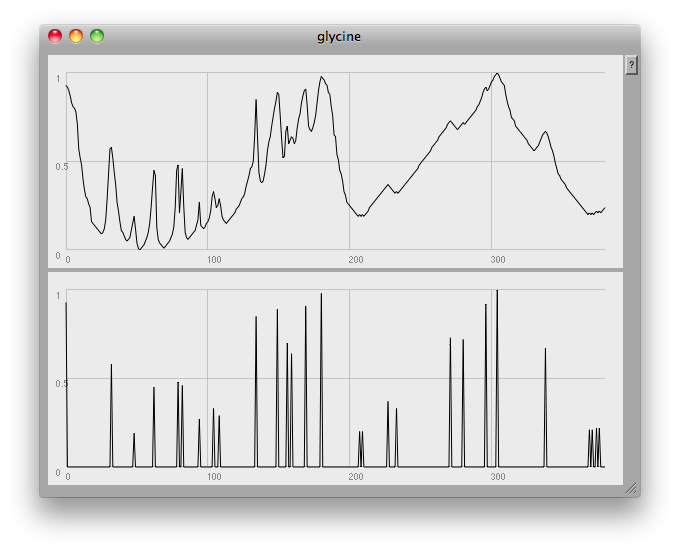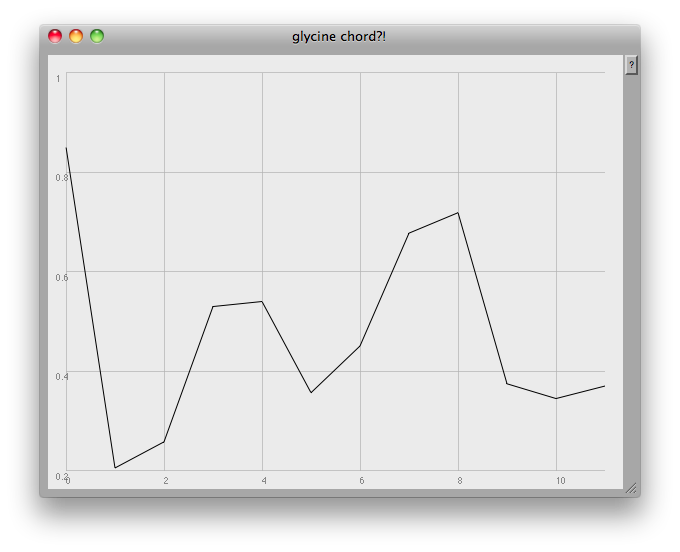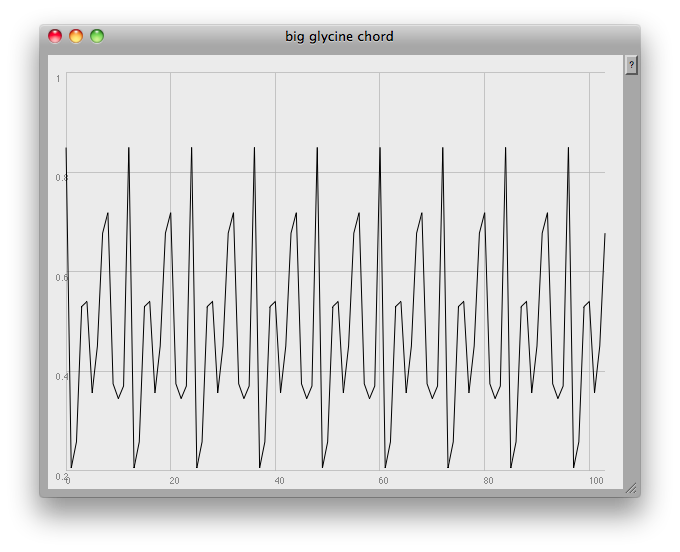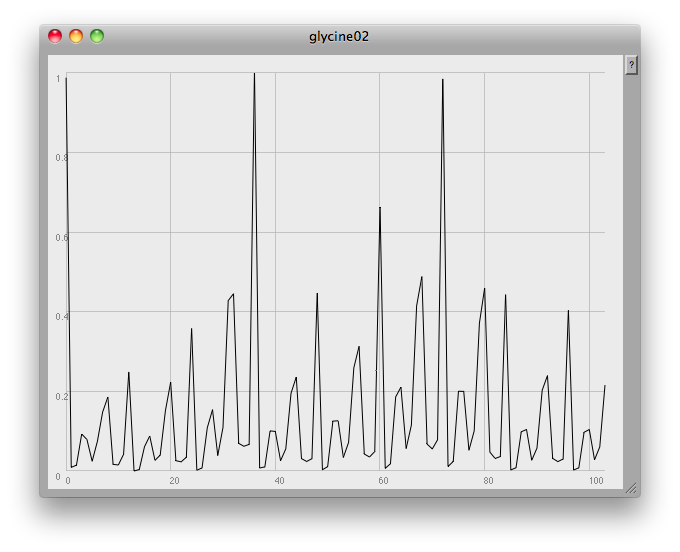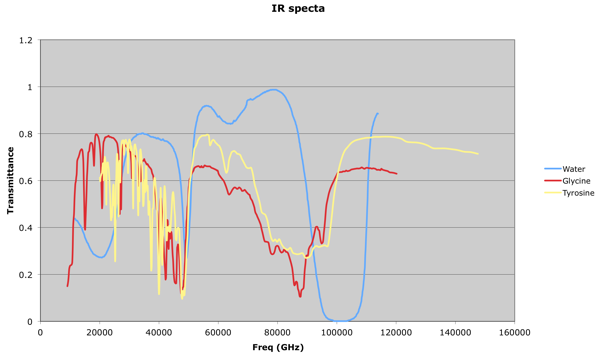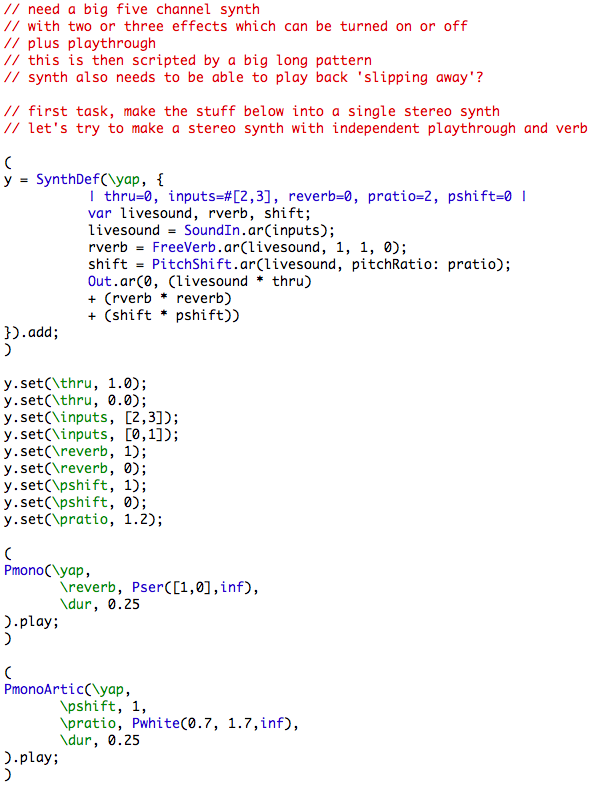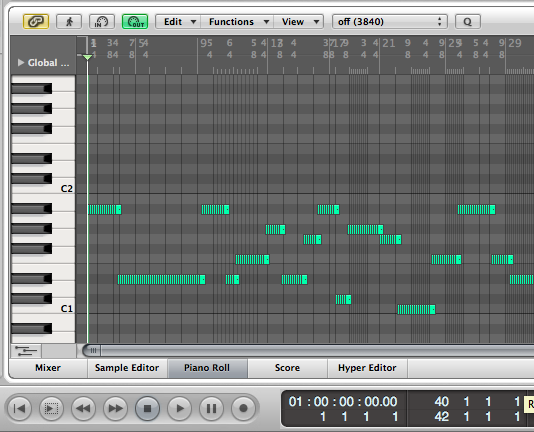(
fork{
~velbus = Bus.control.set(1);
s.sync;
SynthDef(\pitchin, { | midinote = 60, gate = 1, amp = 0.1 |
var in, sig, env, ratio, trans, shift, sel;
trans = midinote - 60;
in = SoundIn.ar([0,1]);
ratio = trans.midiratio;
shift = PitchShift.ar(in, pitchRatio: ratio, timeDispersion: 0.1);
sel = trans.abs > 0;
sig = Select.ar(sel, [in, shift]);
env = EnvGen.kr(Env.adsr, gate, doneAction: 2);
Out.ar(0, sig * env * amp * 37)
}).add;
};
MIDIClient.init;
MIDIIn.connectAll;
~on.free;
~off.free;
~cc1.free;
~notes = Array.newClear(128);
~on = MIDIFunc.noteOn({ |veloc, num, chan, src|
~notes[num] = Synth(\pitchin, [\midinote, num, \amp, veloc * 0.2/127]);
});
~off = MIDIFunc.noteOff({ |veloc, num, chan, src|
~notes[num].release;
});
~cc1 = MIDIFunc.cc({ |val|
val.postln;
~velbus.set(val/127*4);
}, 1, 0 );
)
